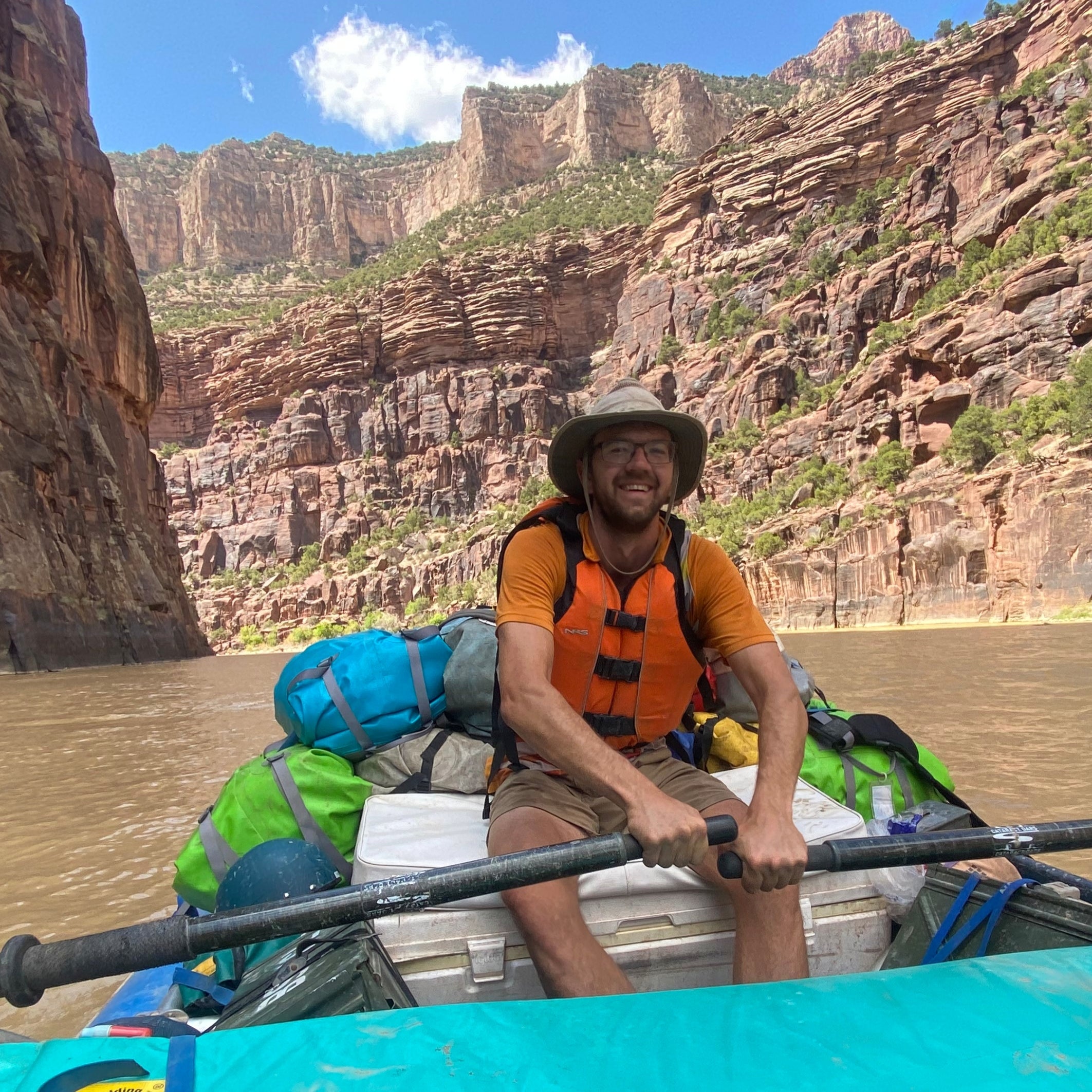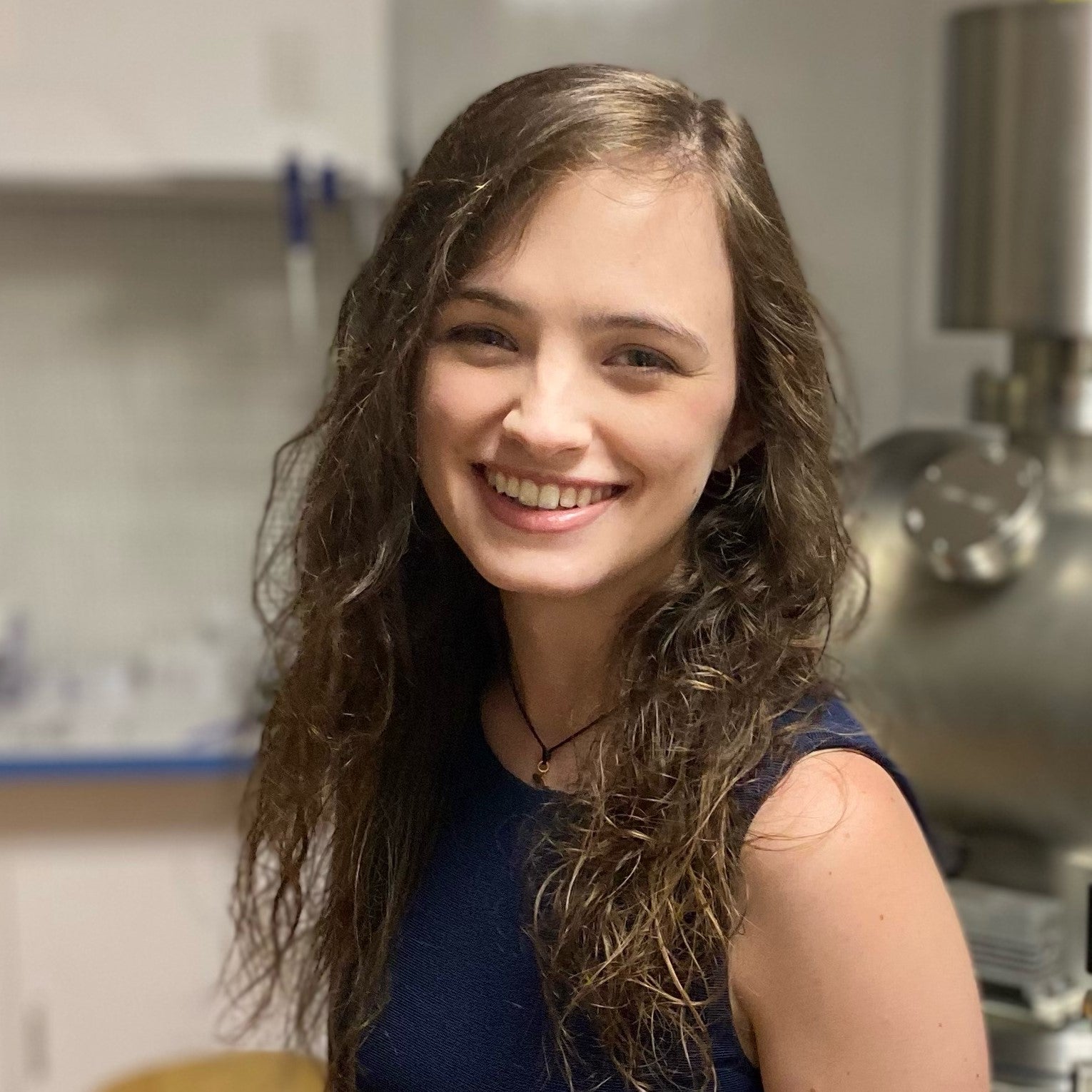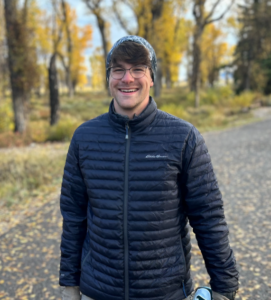Thomas Farrell is a PhD candidate in the Department of Geosciences and a research assistant in the IGL. Thomas’s research focus is the application of tandem rapid in situ (LA-ICPMS) and high-precision (ID-TIMS) U-Pb geochronology for applications in tectonics, chronostratigraphy, and the geologic time scale. He is pursuing work on the evolution of the Cambrian Earth system in southwest Laurentia, including the Sauk transgression and associated perturbations to the carbon cycle. Thomas is also developing novel analytical and statistical tools for deciphering the provenance signal and maximum depositional age constraints hosted in detrital zircons. Thomas’ research is supported by the Geological Society of America and the National Science Foundation.
Molly Paul is a PhD candidate in the Department of Geosciences and a research assistant in the IGL. Molly’s research focus is the subcontinental lithosphere mantle, and the record of its geochemical evolution expressed in metasomatism. She is currently applying a suite of analytical tools to the study of both modal and cryptic signals of metasomatism, including in situ and isotope dilution measurements of trace elements, Hf isotopes, and U-Pb isotope ratios in mantle zircon from MARID and eclogite xenoliths from southern Africa. Molly’s research is supported by the Geological Society of America.
Casey Crawford is a M.S. student in the Department of Geosciences and a research assistant in the IGL. In general, he interested in the intersections of chemistry, geoscience, and biology. Casey earned his B.S. in Chemistry and Earth-Space Science (with a minor in biology) from the University of Indianapolis in 2022. As an undergraduate, he did research on transition metal content in invertebrate animal fossils using Microwave Plasmas Atomic Emission Spectroscopy (MP-AES), and spent a summer with the University of Utah Ammonite Motility Modeling Laboratory (AMMLab) using computational fluid dynamics to study hydrodynamic changes with ontogeny of Dactylioceras commune. Casey joined the IGL in the Fall of 2022 and is currently working on a M.S. thesis that uses geochemistry and geochronology to study tephras across the Pacific Northwest, by analyzing the composition the volcanic glasses and determining tephra ages via U-Pb zircon geochronology. Casey’s research is supported by the National Science Foundation.


